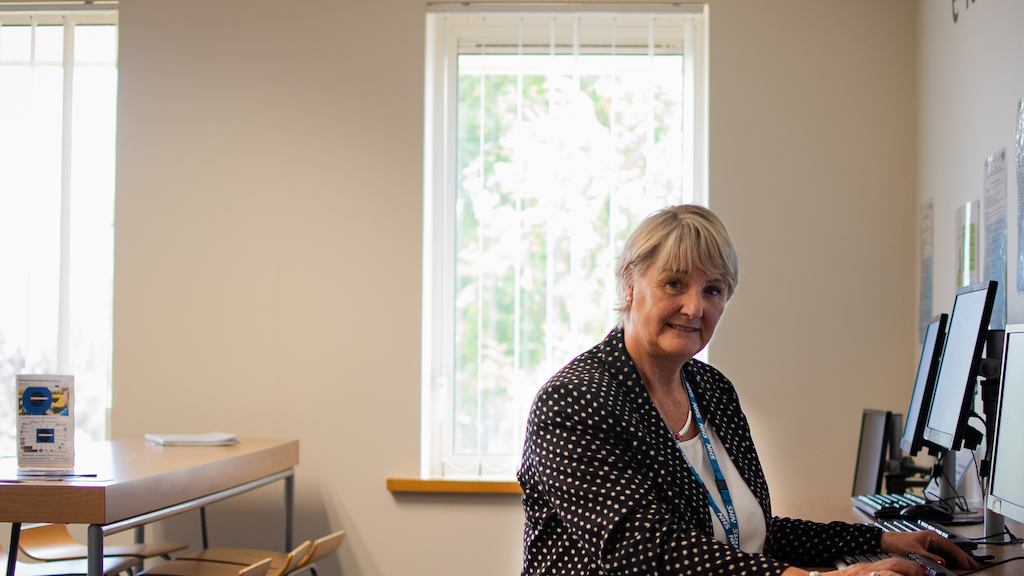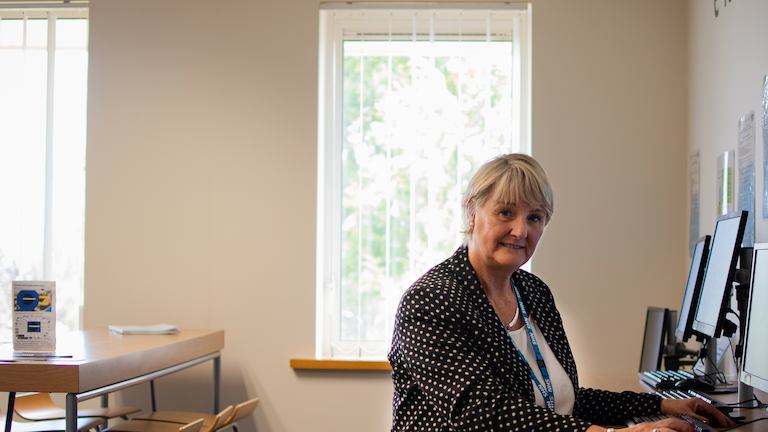Poor health can disrupt the work cycle. Mental health conditions alone cost billions to the UK economy. Three common health conditions that older women in the workforce face are:
Mental Health
Stress, anxiety and depression are the common conditions reported by women in the workplace. Contributors to workplace stress include caring responsibilities for grandchildren and older dependants, and ageist and sexist perceptions in the workplace.
Musculoskeletal health
Musculoskeletal (MSK) conditions, such as injury or damage of the joints in the limbs or back, are a health risk for older women. Research shows that risks of accidental injury due to falling, tripping or slipping at work increase with age for women. This is particularly relevant for women engaged in manual work. Often, ergonomic designs of workstations and equipment in the workplace are designed for men and do not adequately support women.
Menopause
There are around 4.3 million women aged 50 years and over in the UK workforce. Symptoms of menopause such as hot flushes or heart palpitations during working hours can create difficult working conditions for women. Research by the Government Equalities Office found that unsympathetic colleagues and managers often prevent women from talking about the difficulties they are facing or getting support from colleagues.


